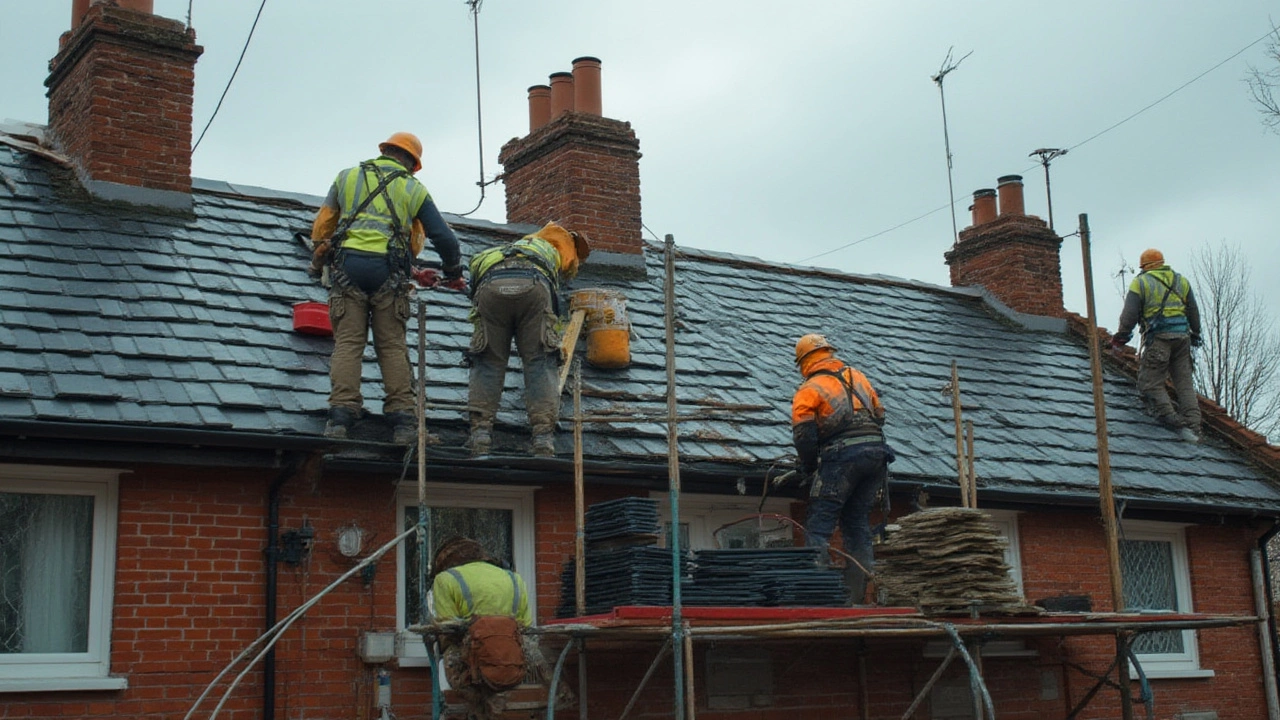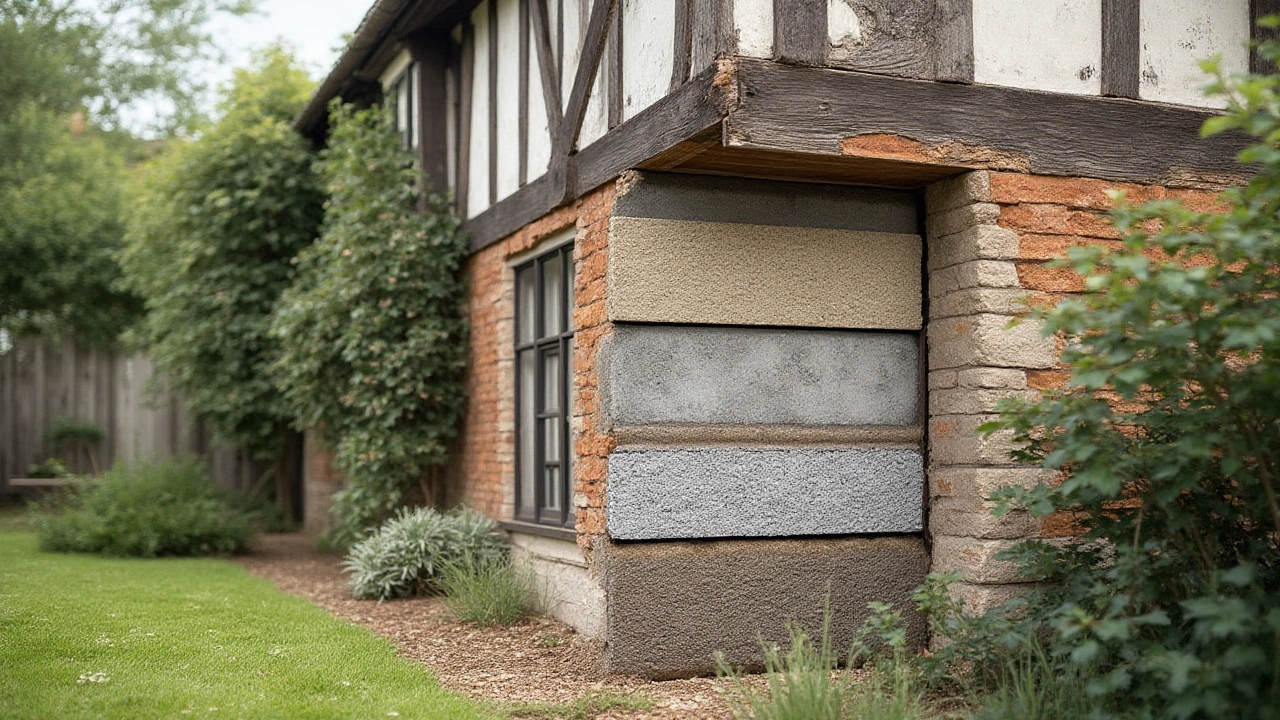Why Is Roof Work So Expensive? Real Reasons Behind Roof Repair and Replacement Costs
Ever wondered why roof work wipes out your budget? This article breaks down the real reasons—labor, materials, safety, and what homeowners get for their money.


![How Much Does It Cost to Build a 2000 Sq Ft House in Massachusetts? [2025 Guide]](/uploads/2025/07/how-much-does-it-cost-to-build-a-2000-sq-ft-house-in-massachusetts-2025-guide.webp)









